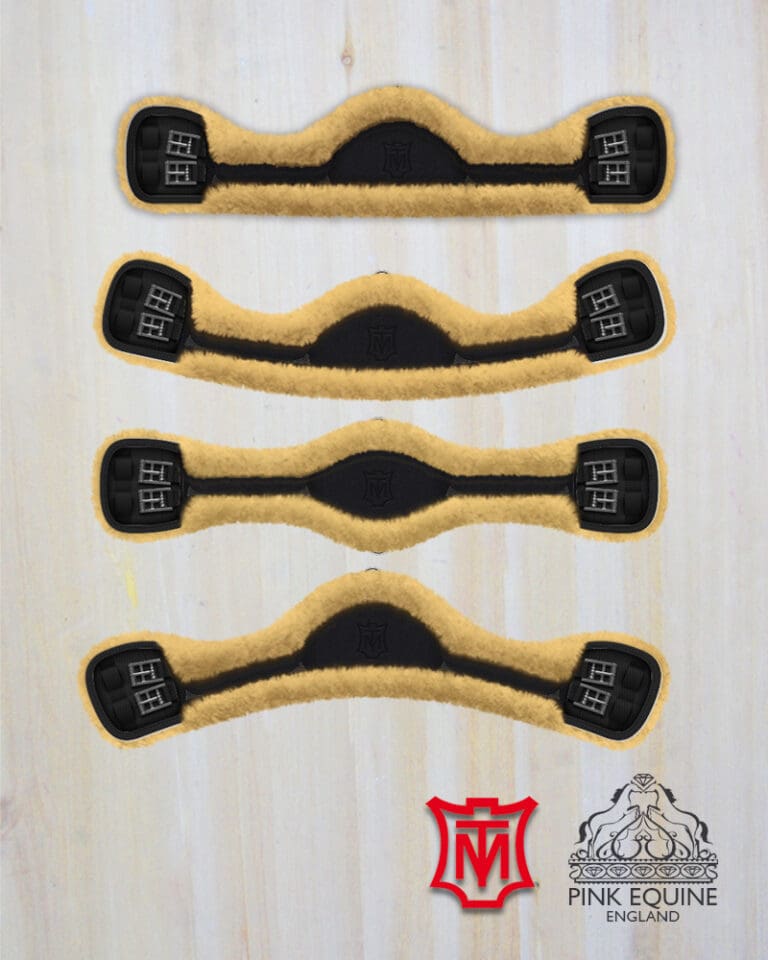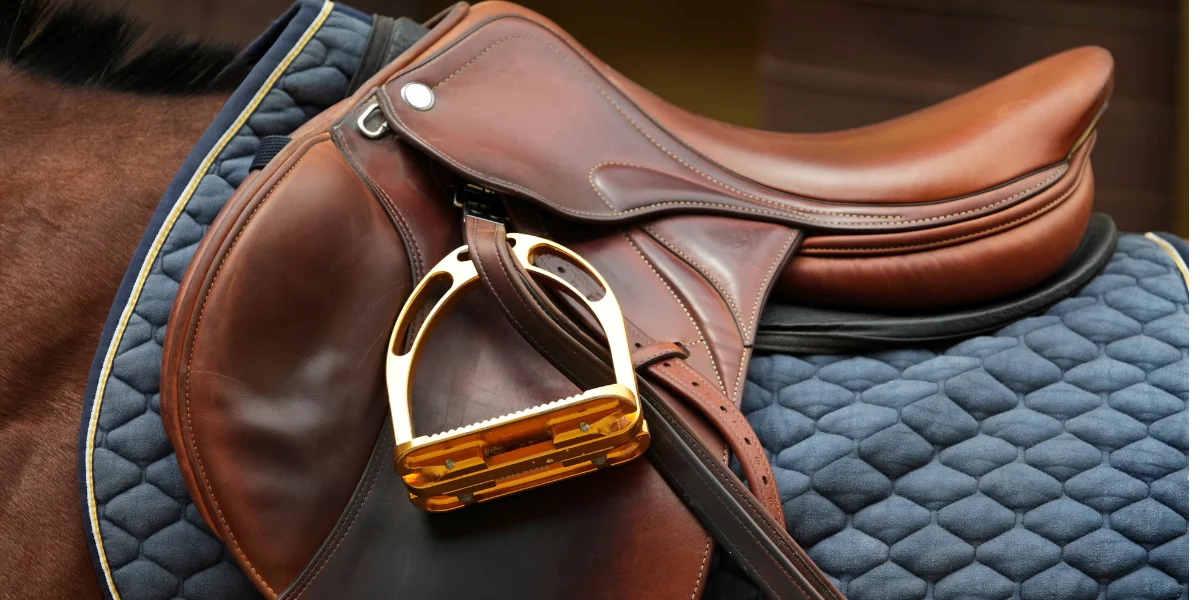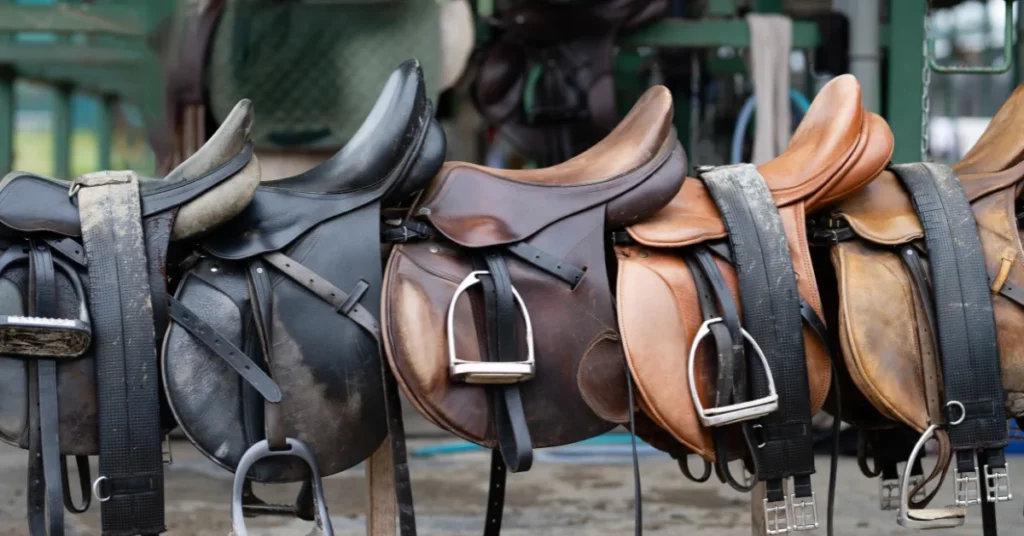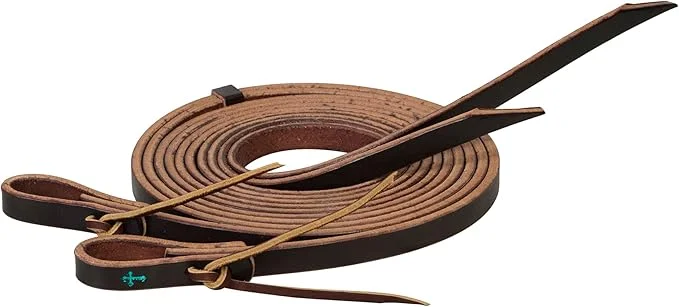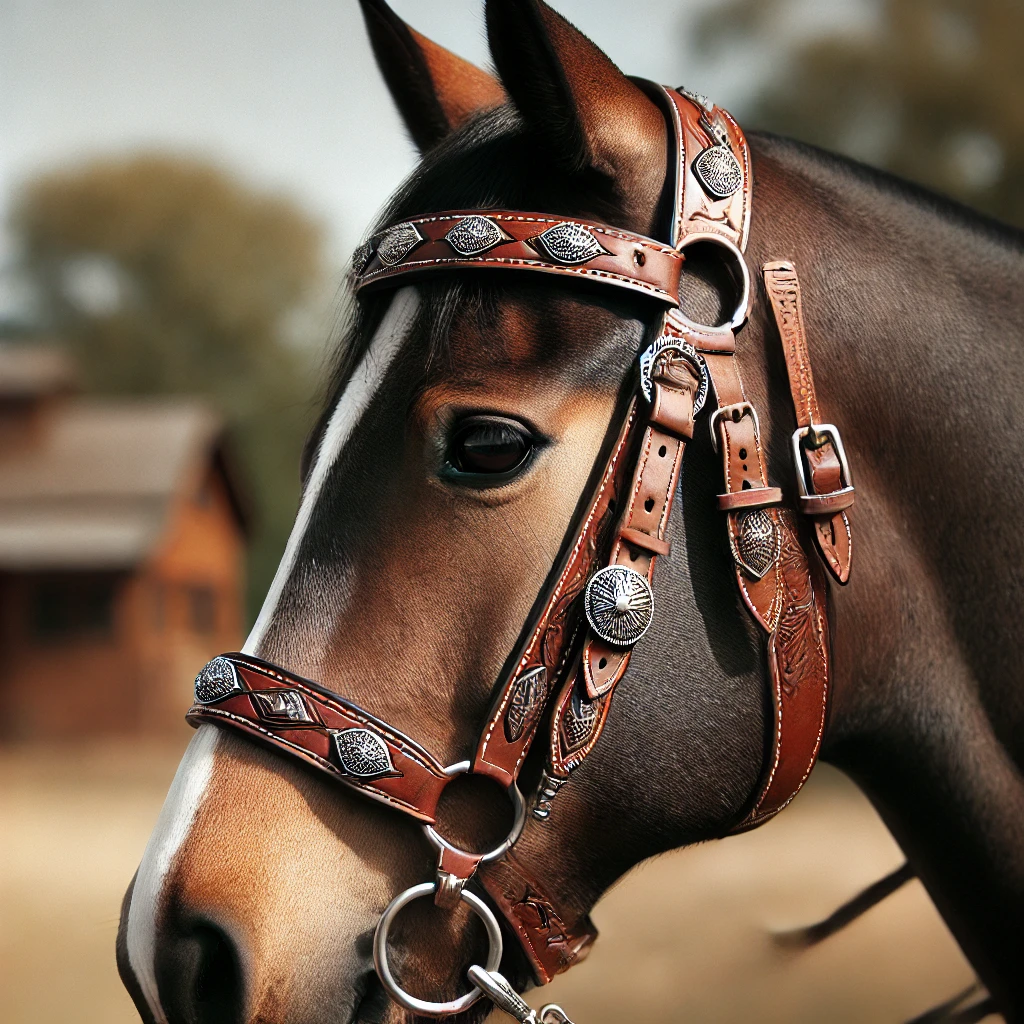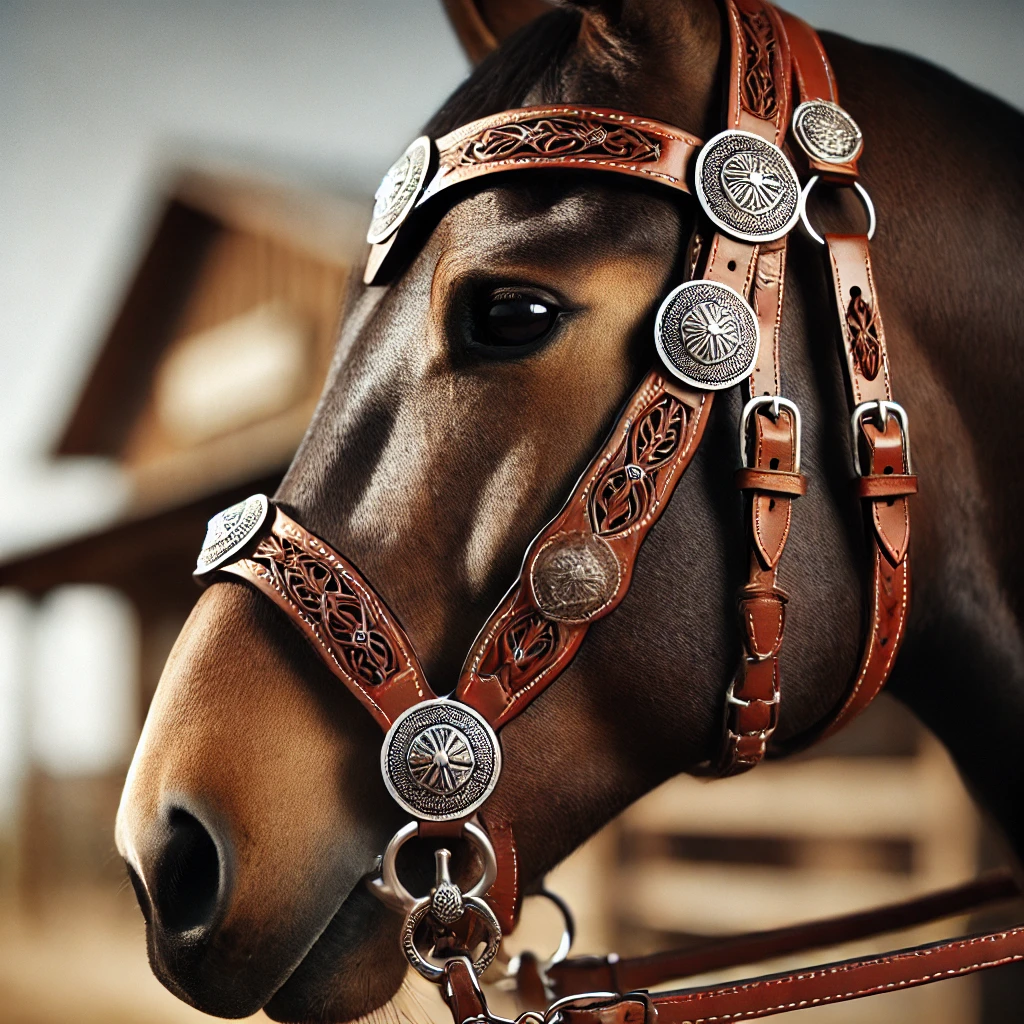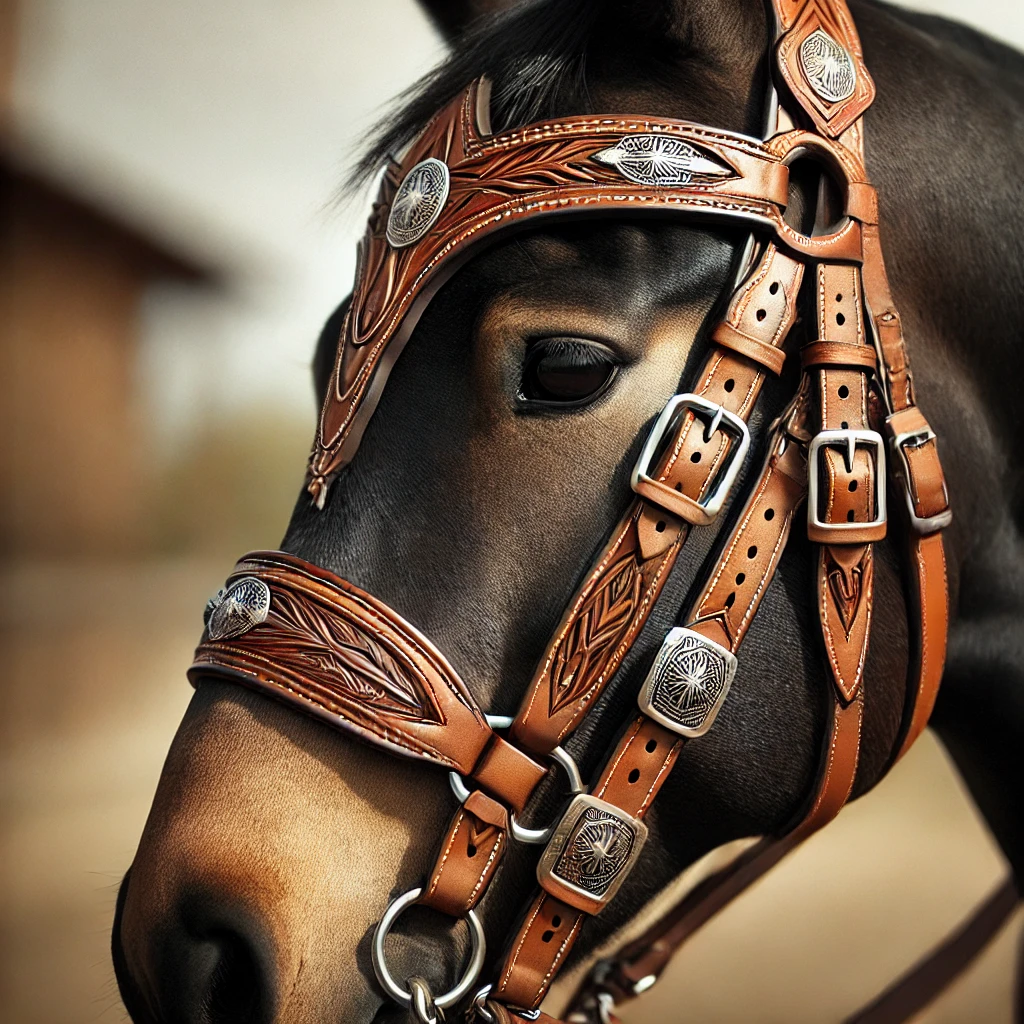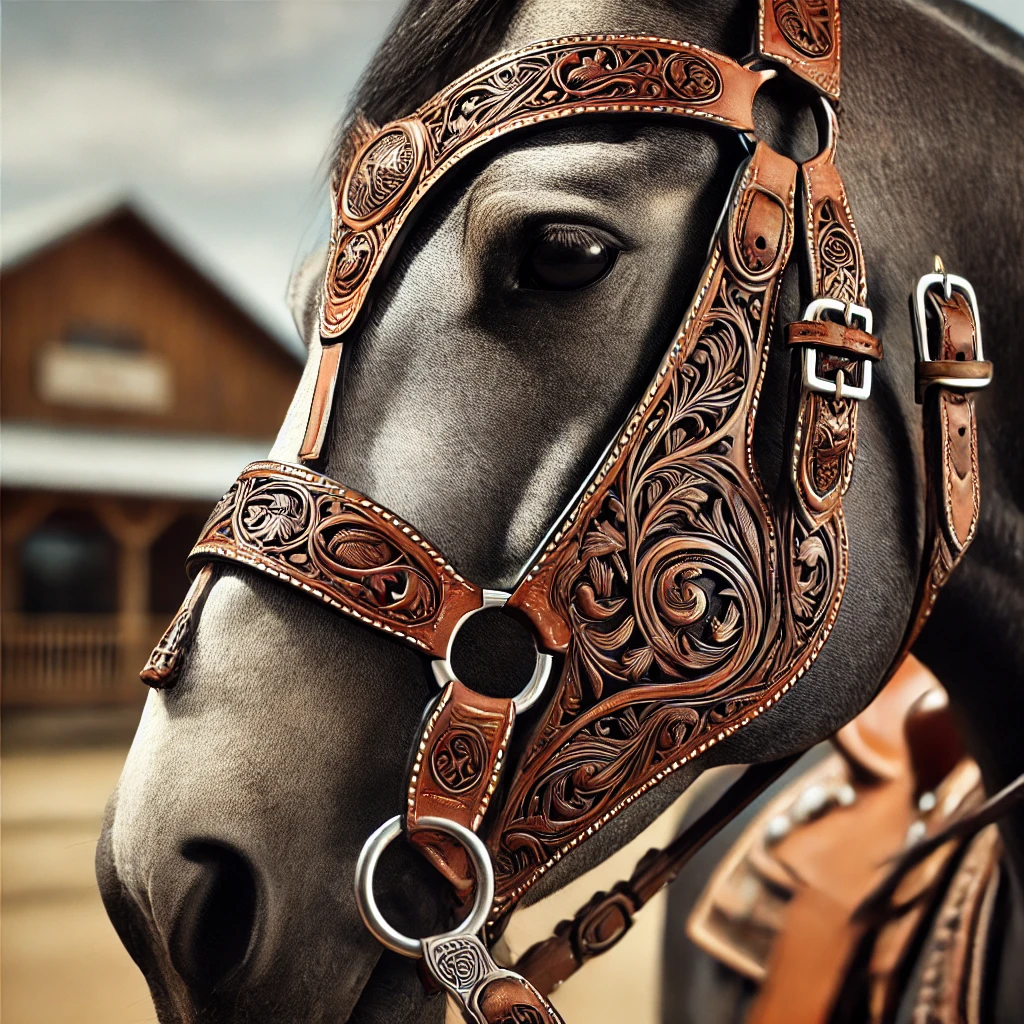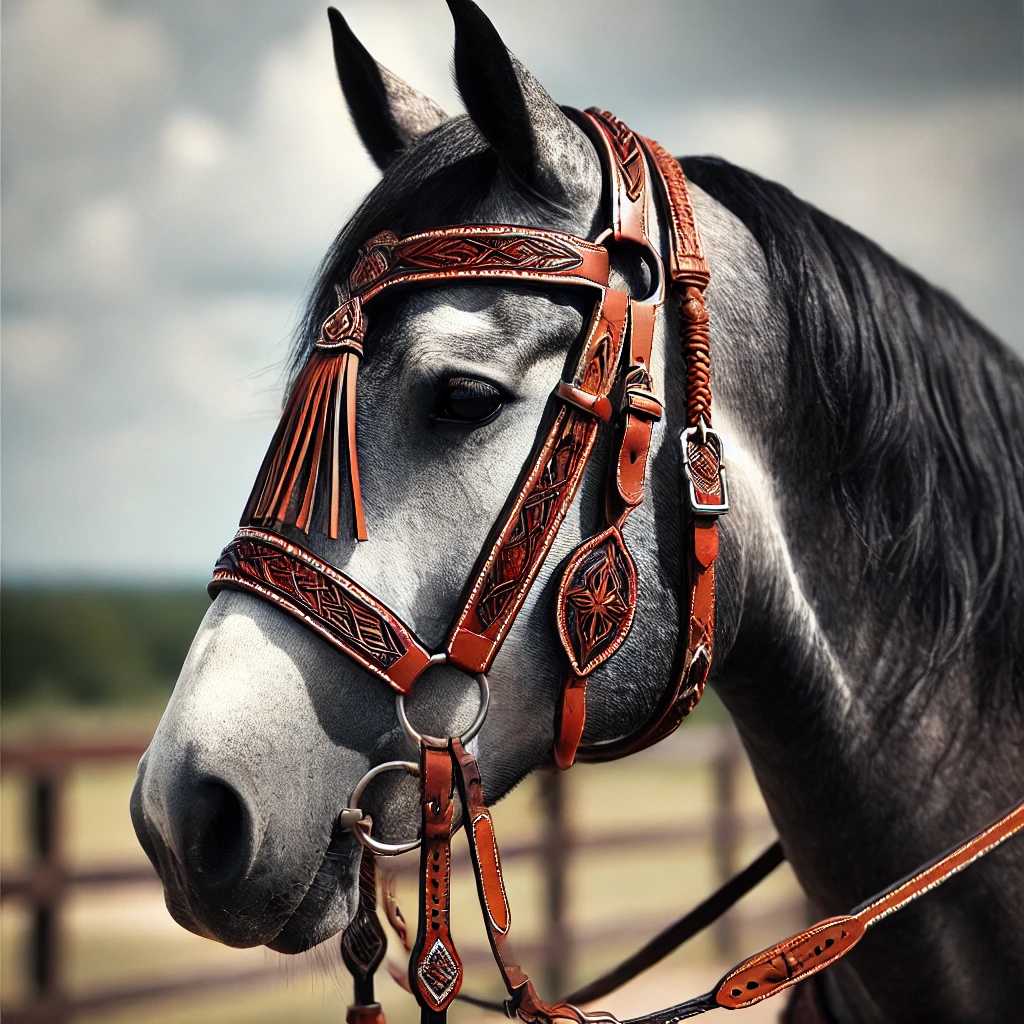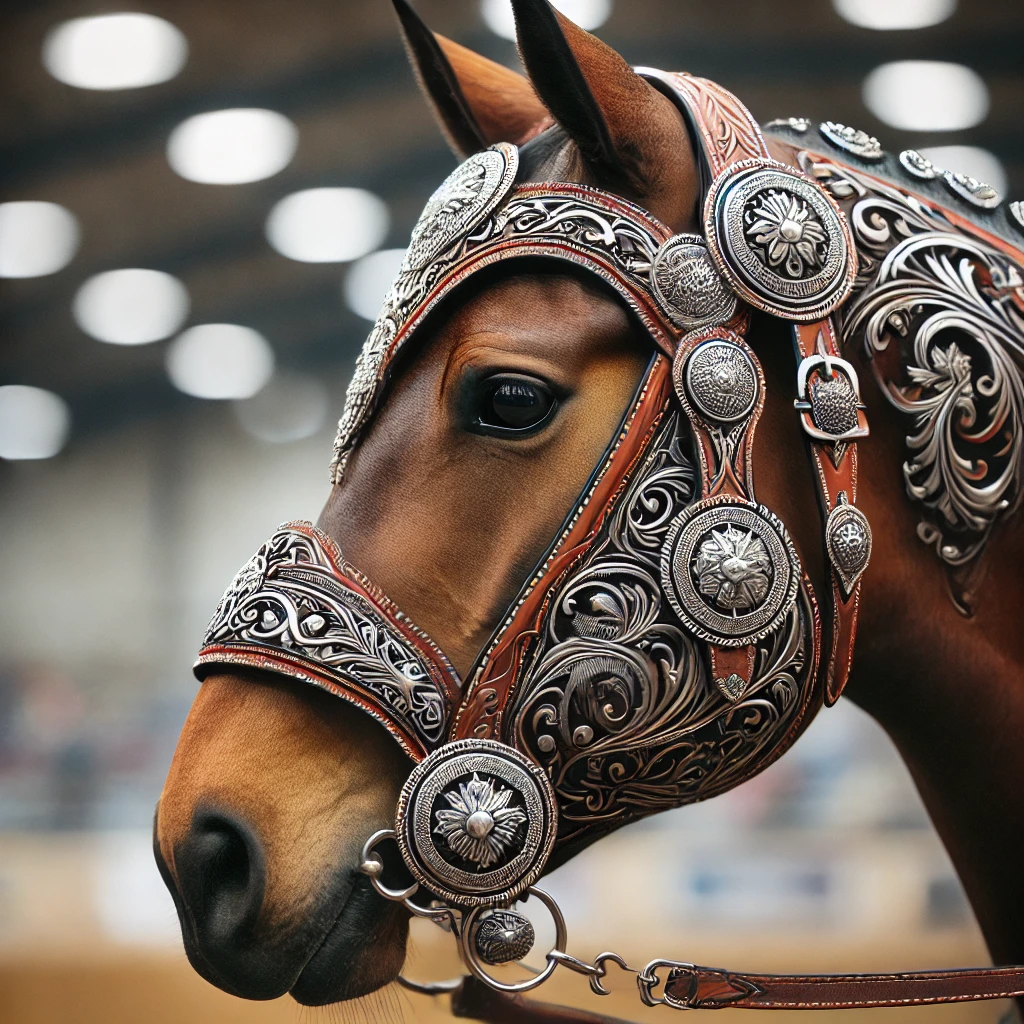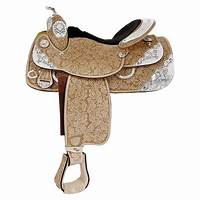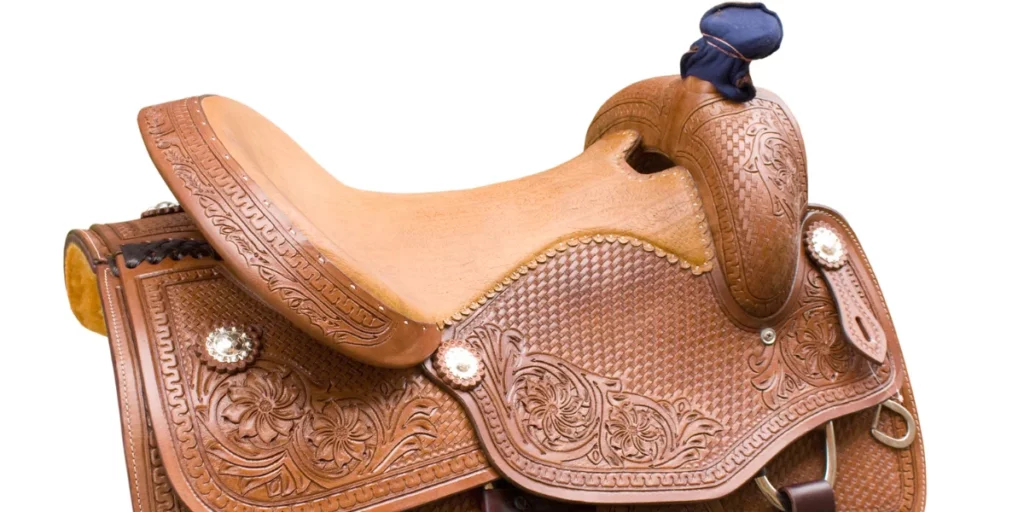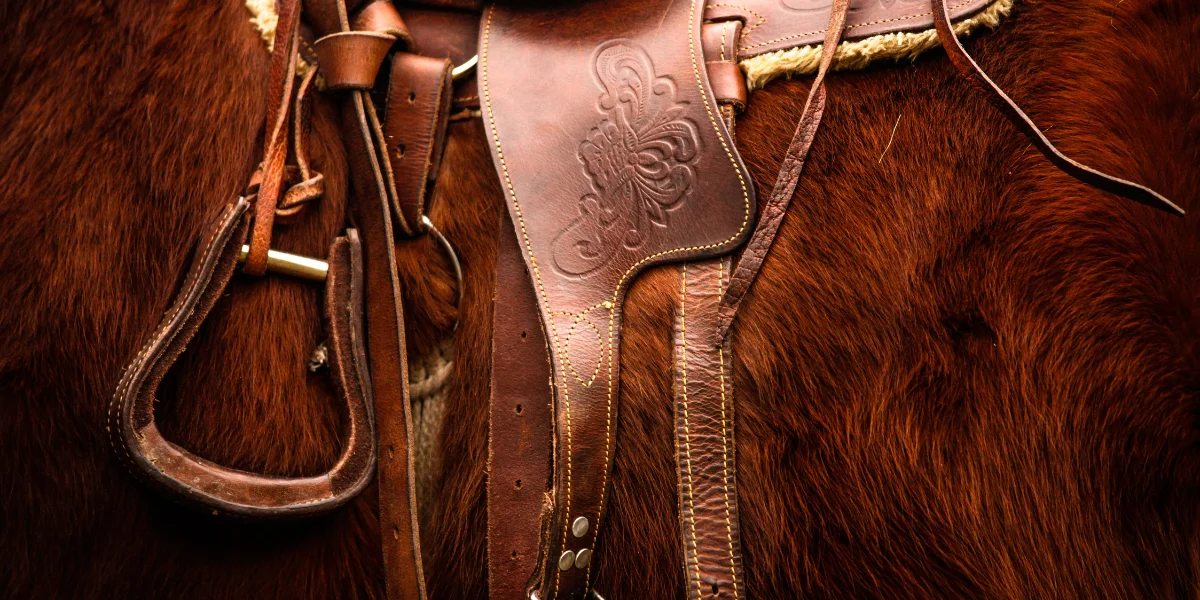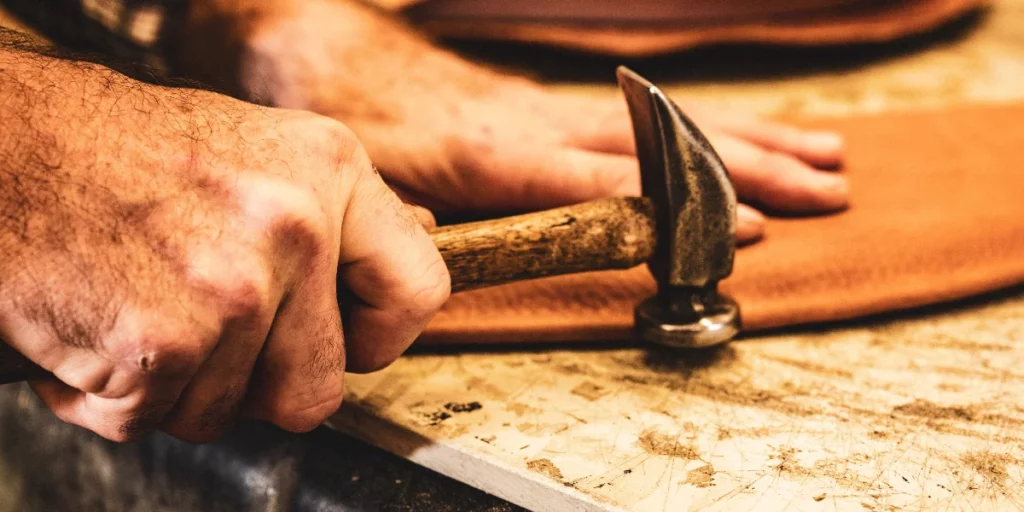
Best English Girths for Comfort, Performance, and Protection
Choosing the right girth for your English saddle is crucial for your horse’s comfort, freedom of movement, and performance. Whether you need a dressage girth, a jumping girth, or a general-purpose (GP) girth. Below, we’ll explore the best English girths available and their unique benefits.
1. Anatomic Dressage Girth – Best for Comfort and Freedom of Movement
The Anatomic Dressage Girth is designed to provide ultimate comfort for your horse during dressage training and competition. Its contoured shape follows the horse’s natural curve, distributing pressure evenly and preventing pinching or restriction. This girth allows for a full range of motion, reducing tension around the ribcage and shoulders. Crafted from high-quality, soft padding, it minimizes the risk of girth galls and chafing, making it ideal for sensitive horses.
👉 Click here to view the Anatomic Dressage Girth
Best for: Dressage riders who need a well-fitted girth that enhances movement and stability.
2. GP Anatomic Girth – Ideal for Everyday Riding and Training
The GP Anatomic Girth is a versatile choice for riders who need a reliable and comfortable girth for general-purpose riding. The ergonomic shape reduces pressure points while allowing for better saddle stability. Made from durable materials, it provides long-lasting performance without compromising on flexibility or comfort. This girth is a great option for everyday riding, hacking, or flatwork training.
👉 Click here to view the GP Anatomic Girth
Best for: Riders looking for a multipurpose girth suitable for various riding disciplines, including hacking, schooling, and light jumping.
3. Stud Girth – The Ultimate Protection for Jumping Horses
Jumping horses require extra protection to prevent injuries from studded shoes during take-off and landing. The Stud Girth features a reinforced belly guard that absorbs impact and prevents abrasions or bruising. This girth is crafted from strong yet flexible materials, ensuring your horse maintains freedom of movement over fences while staying protected.
👉 Click here to view the Stud Girth
Best for: Show jumpers, eventers, and hunters who need a durable girth that protects their horse’s underside from stud injuries.
4. Anatomic Long Girth – Best for Long Billet Saddles and Even Pressure Distribution
If you ride with a saddle that has long billets, the Anatomic Long Girth is an excellent option. Its contoured design distributes pressure evenly across the sternum, reducing discomfort and preventing girth sores. The use of premium materials enhances durability, while the soft padding ensures a comfortable fit. This girth is suitable for a variety of disciplines, from dressage to eventing.
👉 Click here to view the Anatomic Long Girth
Best for: Riders using long billet saddles who need a comfortable and secure girth that prevents pinching and allows full chest expansion.
5. Dressage Girth – Maximum Stability for Competitive Dressage
The Dressage Girth is crafted specifically for competitive dressage riders who need a snug, non-slip fit that enhances saddle stability. Its sleek, minimalistic design allows for closer contact between horse and rider, improving communication and precision. The soft, anti-chafe lining ensures a comfortable experience for the horse, even during extended training sessions.
👉 Click here to view the Dressage Girth
Best for: Dressage riders looking for a high-performance girth that enhances saddle stability and reduces movement.
6. GP Girth – Reliable and Comfortable for Various Riding Activities
The General Purpose (GP) Girth is designed for riders who want a functional, affordable, and long-lasting girth that works across multiple disciplines. It provides a secure fit without restricting movement, making it a practical option for schooling, trail riding, and beginner riders. With durable stitching and quality materials, this girth can withstand regular use while keeping your horse comfortable.
👉 Click here to view the GP Girth
Best for: Riders who need a durable and versatile girth for general riding, training, and recreational riding.
Useful link for girth fitting below
Free Mattes Girth Fitting Consultation | Pink Equine
Useful guide to girth shapes
Final Thoughts: Choosing the Right English Girth
When selecting a girth, consider your horse’s anatomy, your riding discipline, and the level of protection or flexibility required. A well-fitted girth can improve your horse’s performance, prevent discomfort, and ensure a better riding experience for both you and your horse.
Whether you’re a dressage enthusiast, a showjumper, or a leisure rider, investing in the right girth will make a noticeable difference in your horse’s well-being and overall performance.
📌 Browse the full collection of English girths

